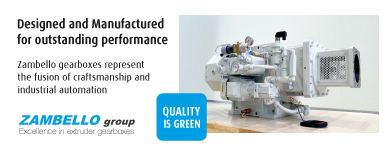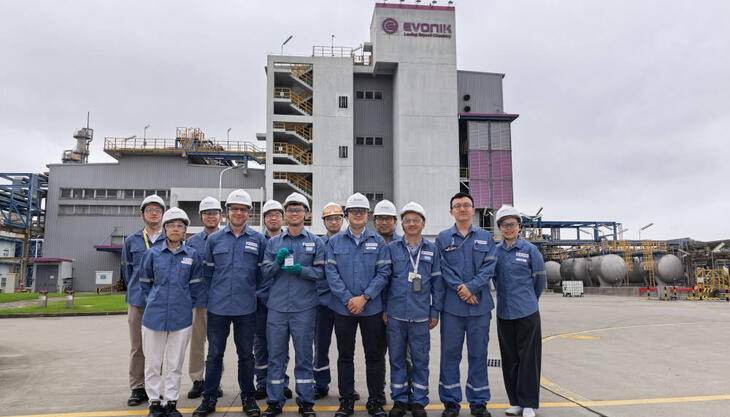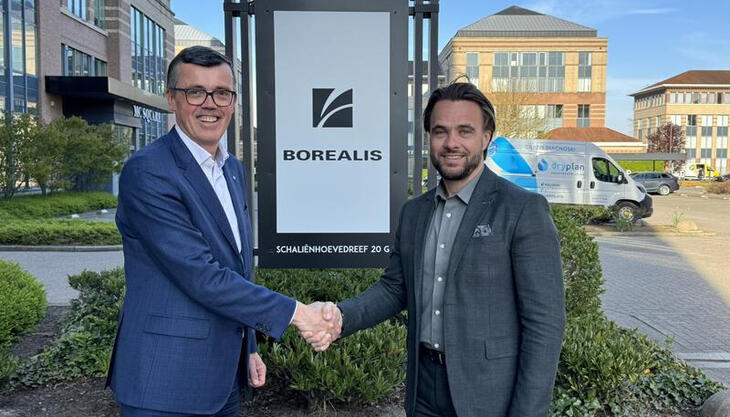Patent for a new "supertyre" compound

Greater adherence to the ground, increased durability and safety, and lower fuel consumption. These are the features of the new elongated silica nanoparticle-based compound for tyres that has been developed and patented by the University of Milano Bicocca together with Pirelli. The new compound is the result of a three-year study, also involving the University of Prague, which was organised as part of the University of Milano Bicocca’s Materials Science and Nanotechnology PhD programme, a section of the Corimav advanced materials research consortium through which Milano Bicocca collaborates with Pirelli. The study, entitled “The filler-rubber interface in styrene butadiene nanocomposites with anisotropic silica particles: morphology and dynamic properties” and published in the Royal Society of Chemistry journal “Soft Matter”, was conducted by the University of Milano Bicocca’s Synthesis of Inorganic Materials team - Roberto Scotti, associate professor of general and inorganic chemistry, Barbara Di Credico and Massimiliano D’Arienzo, both researchers at the Department of Materials Science, and Franca Morazzoni (coordinator), full professor of general and inorganic chemistry – in collaboration with the researchers of the Pirelli Tyre R&D group, directed by Thomas Hanel. The compounds used in tyres usually contain silica particles (crucial for the mechanical properties of tyres) that are mainly spherical in shape. In this case, the scientists have deliberately synthesised silica nanoparticles with an elongated shape and used them in the blends. Non-spherical silica has the effect of further reinforcing the tyres, adhering better to the polymer and increasing the amount of rubber trapped between nanoparticles. Indeed, the reinforcing effect obtained is 5 percent greater than that conferred by traditional silicas. Furthermore, the elongated silica nanoparticles in the rubber make for increased resistance to wear and abrasion, and also reduce the vehicle’s consumption levels. The experiments, conducted in the laboratories of the Department of Materials Science at the University of Milano Bicocca and by the Innovative Materials R&D team at Pirelli Tyres, made it possible, using atomic force microscopy and nuclear magnetic resonance techniques, to photograph and quantify the rubber trapped between the nanoparticles. As Franca Morazzoni explains, “What we have achieved, stemming from a collaboration between the university and industry, shows how strong is the bond between research and the local area with its businesses, which stand to benefit. This study was particularly financed by the Corimav consortium (set up as a result of collaboration between Pirelli and Bicocca), which has been established for years now”. The study has resulted in an industrial patent for this morphology-controlled filler, filed jointly by the University of Milano Bicocca and Pirelli Tyres.



















